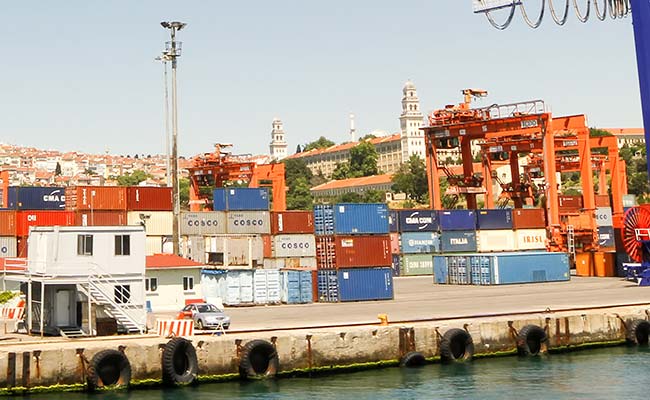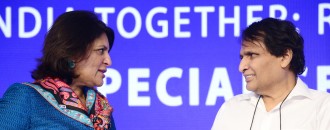
India must explore alternate markets to boost exports
Himanshu Vatsa | The Dollar Business
Even though the government is optimistic about the country’s economic growth, India will have to face many challenges to maintain its trade deficit, say experts. According to the latest report of the World Trade Organisation (WTO), growth in the global merchandise trade is unlikely to show healthy trend in the coming years due to slowdown in the world economy. In its April 2015 report, the WTO reduced its forecast for international merchandise trade in 2015 and 2016. According to estimates, the global merchandise trade will grow by 3.3% this year and by 4% in the next year, less than previously forecast, mainly due to sluggish economic growth. When asked what does this mean to India, economist RK Joshi said, “India will find it difficult to maintain its growth rate. In the area of export, meeting the target (of US$ 900 billion) will be more difficult.” He said since Indian trade is inter-linked with the world, it cannot expect upward trend unless the world economy improves. “The OPEC (Organisation of the Petroleum Exporting Countries) and the US had been witnessing demand problems. Unless the world economy improves, It does not going to help India,” Joshi, faculty member of the Indian Institute of Foreign Trade (IIFT), told The Dollar Business. In its April 2014 report, the WTO had forecasted that the global trade would grow by 4.7 %. It was upgraded from the earlier estimates of 4.5 %. In 2015, it had estimated that the goods trade would grow by 5.3 per cent. However, in September 2014, the Geneva-based body had lowered the forecast and said that the world trade growth in 2014 would be 3.1% and also cut their estimate for 2015 to 4%, down from the 5.3% forecast made in April 2014. Suggesting the world community to adopt open trade policies, WTO Director-General Roberto Azevêdo said, “Trade can be a powerful policy tool to leverage economic growth and development. By withdrawing protectionist measures, improving market access, avoiding policies which distort competition and striving to agree reforms to global trade rules, governments can boost trade and seize the opportunities that it offers for everyone.” According to Joshi, India should focus more on exploring alternate markets and value-added products to improve its exports. “In exports, we are mostly dependent on big user markets such as Europe and America. We should focus more on alternate markets such as Southeast Asia, Africa and Latin America,” he said, adding that the country should also adopt free trade policy. “We keep on selling commodities in the international markets. However, exports of manufactured or value-added products get better price. We should continue to look at new markets. Also, we should go for FTA (Free Trade Agreement),” Joshi added. In 2013, the world merchandise trade grew 2.1% in terms of volume, very close to the 2.3% increase from the previous year. India’s exports have been stuck in the range of US$ 300 billion for the past four financial years. The government had aimed at doubling its trade and services exports of US$ 900 billion by 2019-20 from US$ 465.9 billion in 2013-14. In 2014-15, against the target of US$ 340 billion, India's exports touched US$ 310 billion. According to the WTO, several factors contributed to the sluggishness of trade and output last year and in the beginning of 2015. Slowing GDP growth in emerging economies, uneven recovery in developed countries and rising geopolitical tensions were some of the prominent reasons.
May 4, 2015 | 4:30 pm IST.





 to success.
to success.